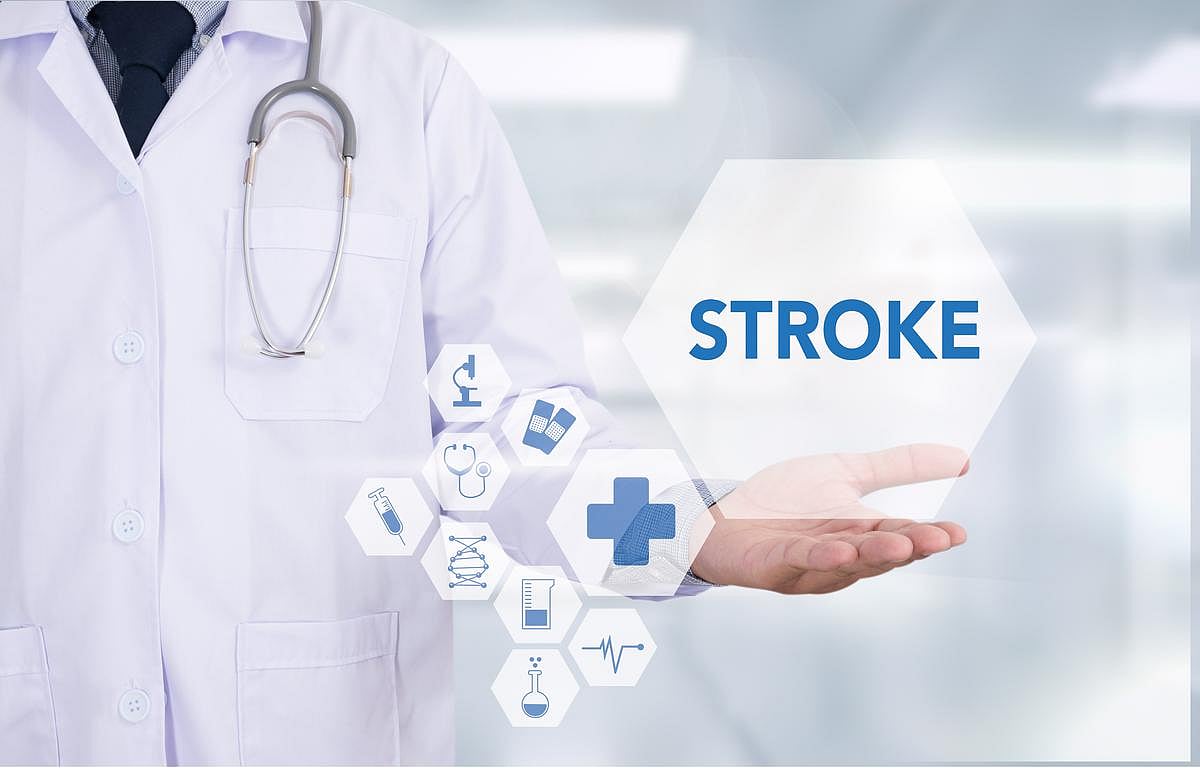Manténgase sano!

- Posted February 3, 2025
F.A.S.T. Acronym Can Speed Bystander Stroke Response
A simple acronym -- F.A.S.T. -- can help bystanders recognize the first signs of stroke and call 911 right away, a new study says.
Both F.A.S.T and another acronym, BE-FAST, helped people remember the symptoms of stroke, according to findings to be presented Wednesday at a meeting of the American Stroke Association.
However, people remembered the key stroke warning signs -- face, arm and speech -- better with F.A.S.T. than BE-FAST, researchers said.
“What this research shows is, from a public point of view, adding two extra letters made it more challenging to recall the stroke warning signs,” lead researcher Dr. Opeolu Adeoye, chair of emergency medicine with the Washington University School of Medicine in St. Louis, said in a news release.
F.A.S.T. stands for facial drooping, arm weakness and speech difficulty, all of which are symptoms of a stroke. The T stands for “time to call 911.”
BE-FAST stands for balance, eye, face, arm, speech and time.
Both F.A.S.T. and BE-FAST are used as mnemonics to help folks remember the important warning signs of a stroke, researchers said in background notes.
F.A.S.T. is the reminder promoted by the American Stroke Association. But some hospital and health care systems have started using BE-FAST because it takes into account the loss of balance and changes in vision that also can accompany a stroke.
To see which acronym is the better reminder, researchers asked 1,900 participants in an online survey to watch a one-minute educational video for either F.A.S.T. or BE-FAST.
Following the video, participants were quizzed on what the letters stood for and whether they would call 911 promptly given a certain set of symptoms.
The likelihood of calling 911 for a suspected stroke increased in both groups from about 70% beforehand to 90% immediately after seeing either video, researchers report.
People’s ability to identify the symptoms associated with the letters F, A and S also increased following the videos -- from 34% to 70% for the F.A.S.T. group and from 29% to 50% for the BE-FAST group.
Nearly 1,400 of the initial participants then were re-polled 30 days later, to see whether the acronym had stuck with them.
The likelihood of calling 911 had declined slightly in both groups but still remained higher than before the video, 86% for the F.A.S.T. group and 87% for the BE-FAST group.
But more people in the F.A.S.T. group remembered what F, A and S stood for -- 50%, compared to 40% in the BE-FAST group.
Overall, people were more likely to remember symptoms with F.A.S.T. than BE-FAST, researchers concluded.
“It is critically important that there is a recognition of stroke signs and symptoms by the general public,” Adeoye said. “The more people are aware of the stroke warning signs, the better we may activate the processes needed to ensure patients get care as quickly as possible.”
The stroke association meeting takes place Wednesday through Friday in Los Angeles.
Findings presented at medical meetings should be considered preliminary until published in a peer-reviewed journal.
More information
The American Stroke Association has more about F.A.S.T.
SOURCE: American Stroke Association, news release, Jan. 30, 2025
